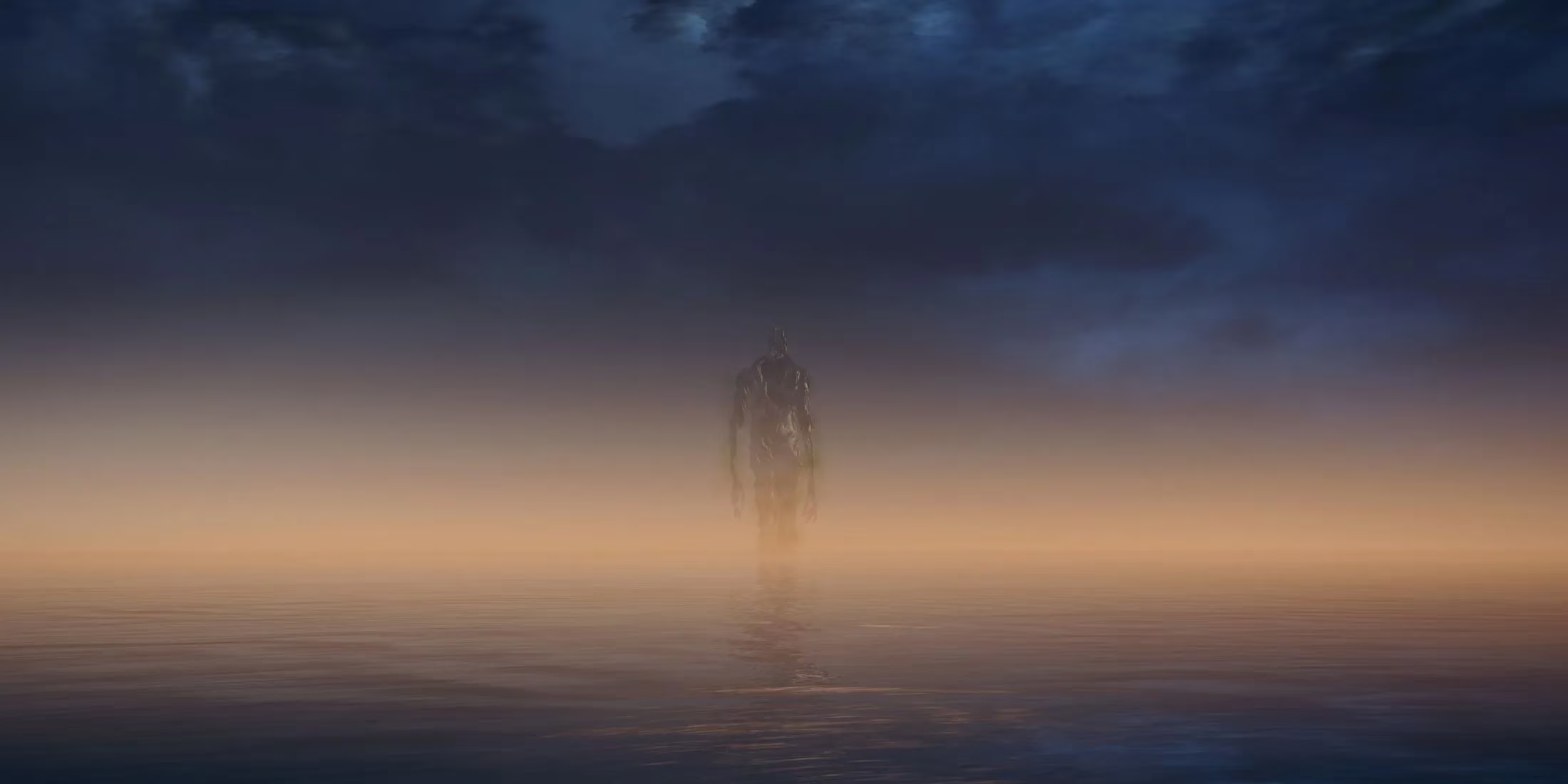Unraveling Elden Ring Nightreign's Ending Mysteries
Explore the mind-bending Elden Ring Nightreign, a captivating tie-in revealing cyclical tragedies, cosmic mysteries, and the haunting Erdtree connection in a dark, immersive universe.
I just finished Elden Ring Nightreign, and wow, the ending had me reeling for days! As a hardcore FromSoftware fan, I dove into Limveld expecting a standalone adventure, but what unfolded was a mind-bending tie-in to the original Lands Between. When I finally defeated Heolstor the Nightlord in that ashen arena, it felt like peeling back layers of a cosmic onion—each revelation more cryptic than the last. The game's three-day loop and crumbling Roundtable Hold aren't just mechanics; they're metaphors for a world trapped in eternal night, resetting like a cursed dream. I kept wondering: how does this all connect to Elden Ring's Erdtree? Turns out, Nightreign isn't a parallel universe—it's the same world under a veil, and the ending credits proved it with that jaw-dropping reveal of the Erdtree standing tall. But let's rewind and piece this together from my playthrough.
Facing Heolstor was the climax I never saw coming. After hours of navigating Limveld's shadowy landscapes, I stumbled into his boss arena—a desolate stretch outside the Roundtable House, submerged in an endless sea of ash.  The sky unfurled like a fingerprint, all twisted and grey, while the Hold itself crumbled around me. No grace, no life—just decay. Beating Heolstor felt epic, but acquiring the Primordial Nightlord’s Rune triggered something wild. My character dissolved into strands of light, swirling through the dilapidated Hold before ascending like a lost grace. It hit me then: time isn't linear here. Each run resets the cycle, and the Hold's ruin isn't new—it's been falling apart since before the night began, echoing FromSoftware's love for cyclical tragedies.
The sky unfurled like a fingerprint, all twisted and grey, while the Hold itself crumbled around me. No grace, no life—just decay. Beating Heolstor felt epic, but acquiring the Primordial Nightlord’s Rune triggered something wild. My character dissolved into strands of light, swirling through the dilapidated Hold before ascending like a lost grace. It hit me then: time isn't linear here. Each run resets the cycle, and the Hold's ruin isn't new—it's been falling apart since before the night began, echoing FromSoftware's love for cyclical tragedies.
Why the emphasis on time? In Nightreign, days fly by in minutes, and enemies respawn with each loop. As I progressed, the Roundtable Hold deteriorated faster—walls crumbling, colors fading to grayscale. After defeating Heolstor, I found a solitary corpse inside and offered it the Rune. That corpse? It's likely Heolstor himself before he became the Nightlord. The item description for the Night of the Lord Relic hints at this: 'The man who was once knight had challenged the hero... he awoke, cursed the world.' That 'man' is probably Heolstor, a fallen knight who failed to protect his world and unleashed the night as punishment. By reuniting the Rune with his corpse, we reset everything, washing away the ruin he despised. But here's my leap: it's not just time fluctuating—Heolstor might be split between his human self and the god-like Nightlord entity, like Marika and Radagon in the original game. His hollow form symbolizes that anger, while the corpse in the Hold represents regret. It's messy, ambiguous, and totally FromSoftware—no neat answers, just haunting possibilities.
The night veil mechanic adds another layer. During the boss fight, Heolstor slashes the sky, revealing hidden truths. That crumbling Roundtable Hold in his arena? I think it's the true form, an illusion shattered by the night's strength. It mirrors Elden Ring's Roundtable Hold, existing as both projection and physical space. Playing through this, I noticed how night acts like a curtain—lifting it exposes decay, while dropping it hides the horrors. It made me question: what else is veiled in Limveld?
Then came the credits sequence—utterly game-changing. From an empty sea, the camera panned up to show the Lands Between and the Erdtree, resilient as ever. But the kicker? A giant made of knotted wood rose, glanced at the Erdtree, then turned away toward the sunset. This blew my theory that Nightreign was separate; it's clearly the same world, with Limveld and the Lands Between overlapping geographically. Even the achievement 'Dawn' depicts the Erdtree, cementing the link. Earlier in expeditions, I'd spotted foggy figures off Limveld's coast—wooden giants walking in unison, crowned with thorns like the dead Giants from Elden Ring. Their fingerprint markings and guilty crowns suggest they were punished by the Erdtree society. Why reject the Erdtree after saving it? Probably because of their 'original sin'—they glimpsed the Erdtree's secrets and paid the price, yet they're the ones building the tower to stop the night.
Ah, the Erdtree mystery! Throughout my runs, I couldn't spot it in Limveld—until I noticed Executor painting portraits and the safe zone under glowing roots. Watching that spectral tree grow was hypnotic; its boughs twisted into a divine tower, repelling the night rains each cycle. But it decays rapidly, hinting at time compression—what should take millennia happens overnight. The Primordial Nightlord’s Rune description clues us in: 'The cutting-gifted tribe... cheated a god, glimpsed the sin of the Erdtree.' That tribe? The giants. They planted an Erdtree cutting to halt the night, silently aiding Nightfarers like me as we ascended the tower. It's poetic: they save the world but are doomed to wander, rejected for their trespass. In the end, building that tree leads to the Dawn, resetting the cycle and restoring the Erdtree's radiance—but at what cost?
Reflecting on Nightreign, it's a masterpiece of interconnected lore. The time loops, veiled realities, and tragic giants weave into Elden Ring's tapestry, making me appreciate the original game even more. If you're a soulslike enthusiast, don't sleep on this—dive into Nightreign, embrace the chaos, and share your wild theories with me! What hidden meanings did you uncover?